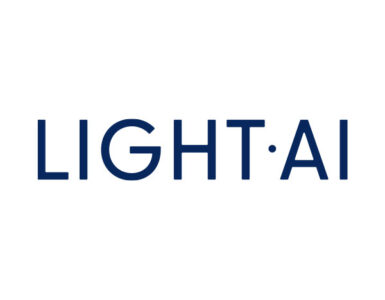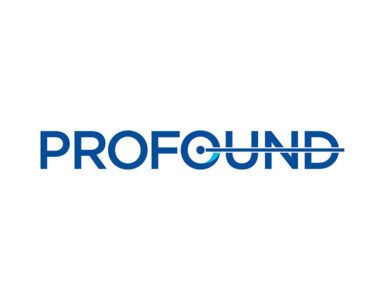 William Blair downgraded Arrowhead Pharmaceuticals (NASDAQ:ARWR) to “market perform” from “outperform” and slashed its price target to $2 from $12. The stock closed at $4.39 on Tuesday.
William Blair downgraded Arrowhead Pharmaceuticals (NASDAQ:ARWR) to “market perform” from “outperform” and slashed its price target to $2 from $12. The stock closed at $4.39 on Tuesday.
After markets closed on Nov. 29, Arrowhead announced that it would discontinue all of its current clinical-stage programs, including ARC-520, ARC-521, and ARC-AAT, because the effort and time required to remove a clinical hold due to a preclinical toxicity issue would be too onerous and protracted.
The announcement comes three weeks after the FDA had placed lead asset, ARC-520 for hepatitis B virus (HBV), on clinical hold based on unexplained deaths of nonhuman primates in preclinical toxicology studies.
“We note that the deaths occurred after nine months of dosing at the highest dose tested, and that this dose was much higher than those dosed in humans,” writes analyst Katherine Xu.
She said the company believes the toxicity was driven solely by the RNAi delivery vehicle, EX1, which is a component of Arrowhead’s polyconjugate delivery technology, which is also used in Arrowhead’s other clinical assets, ARC-521 for HBV and ARC-AAT for alpha-1 antitrypsin deficiency-associated liver disease.
Ms. Xu said that to date, EX-1 containing candidates have been dosed more than 800 times in more than 300 human subjects, without any observations of apparent toxicity other than infusion reactions or laboratory abnormalities.
“However, based on discussions with expert consultants and foreign regulators, the company concluded that the studies potentially required to lift the clinical hold on ARC-520, as well as to validate the safety of the EX1 delivery vehicle across other programs, would take at least 18 months to conduct, which would be too costly and time-consuming to pursue,” she added. “As a result, the company ultimately decided to discontinue development of all three programs.”
In addition, she said the company plans to retrench to the preclinical subcutaneous and extra-hepatic RNAi platforms, hoping to be clear of the toxicity issues in the future, and “we estimate these programs are at least one-to-two years away from entering the clinic.”






